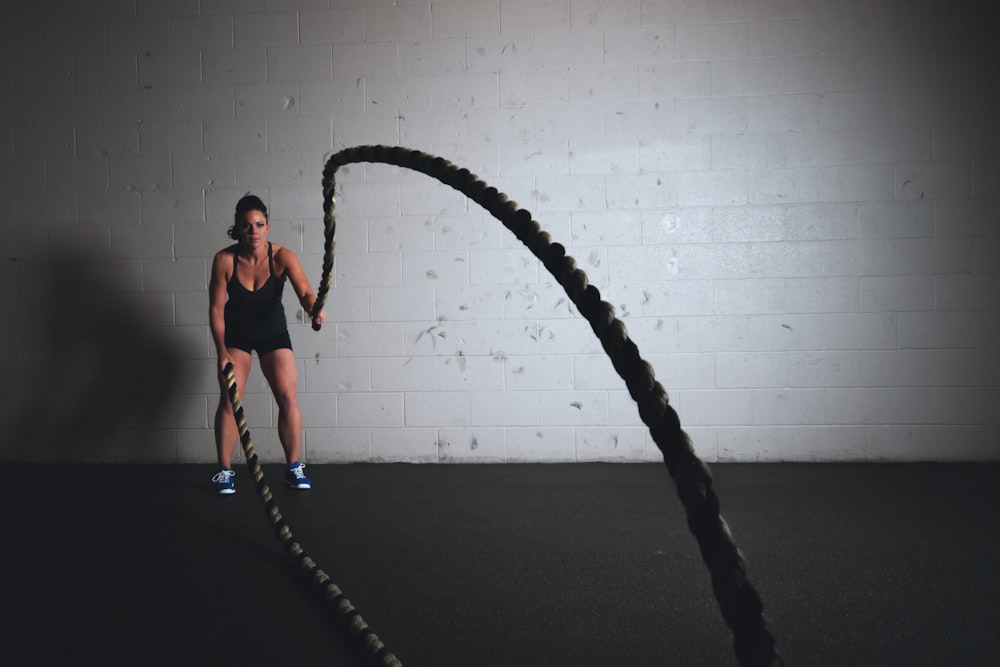Introduction
Recovery Techniques for Boxers: Post-Workout Essentials
Boxing isn’t just about throwing punches in the ring; it’s also about what you do after the bell rings. Recovery is crucial for boxers to maintain peak performance and prevent injuries. In this article, we’ll explore essential post-workout recovery techniques that every boxer should incorporate into their training regimen.
Hydration: Replenishing Your Fluids
After an intense boxing workout, the body loses a significant amount of fluid through sweat. Proper hydration is essential for replenishing lost fluids and maintaining optimal performance. Boxers should aim to drink plenty of water throughout the day, especially after training sessions. Additionally, sports drinks can be beneficial for replenishing electrolytes lost during sweat.
Nutrition: Fueling Your Body
Nutrition plays a critical role in the recovery process for boxers. After a strenuous workout, the body needs a combination of carbohydrates and protein to replenish glycogen stores and repair muscle tissue. It’s essential to consume a balanced meal or snack within 30 minutes to an hour after training. Foods rich in lean protein, such as chicken, fish, or tofu, along with complex carbohydrates like whole grains and fruits, are ideal choices for post-workout nutrition.
Stretching and Mobility: Loosening Up Tight Muscles
Boxing training can lead to tight muscles and reduced flexibility, increasing the risk of injury. Incorporating stretching and mobility exercises into your post-workout routine can help alleviate muscle tension and improve range of motion. Focus on stretching major muscle groups, such as the shoulders, back, hips, and legs, holding each stretch for 15-30 seconds. Additionally, foam rolling can be an effective way to release tight spots and improve muscle recovery.
Ice Baths and Contrast Therapy: Soothing Sore Muscles
Ice baths and contrast therapy are popular recovery techniques used by athletes to reduce muscle soreness and inflammation after intense workouts. Ice baths involve immersing the body in cold water for 10-15 minutes, while contrast therapy alternates between hot and cold water immersion. Both methods help improve circulation, reduce swelling, and promote faster recovery. However, it’s essential to consult with a coach or sports therapist before incorporating these techniques into your routine, as they may not be suitable for everyone.
Active Recovery: Keeping Your Body Moving
While rest is crucial for recovery, complete inactivity can lead to stiffness and decreased mobility. Active recovery involves engaging in low-intensity exercises or activities that promote blood flow and muscle relaxation. Light jogging, cycling, or swimming are excellent options for active recovery days. The key is to keep the intensity low and focus on gentle movements that help flush out metabolic waste and promote healing.
Sleep: The Ultimate Recovery Tool
Quality sleep is perhaps the most underrated aspect of recovery for athletes, including boxers. During sleep, the body repairs and regenerates damaged tissues, releases growth hormones, and restores energy levels. Aim for 7-9 hours of uninterrupted sleep each night to support optimal recovery and performance. Creating a bedtime routine and optimizing your sleep environment can help improve sleep quality and enhance overall recovery.
Conclusion
Recovery is an essential component of a boxer’s training regimen, as it allows the body to repair and rebuild after intense workouts. By incorporating these post-workout recovery techniques into your routine, you can optimize performance, reduce the risk of injury, and maintain long-term health and fitness. Remember to listen to your body and adjust your recovery strategies as needed to meet your individual needs and goals. Read more about boxing workout tips














